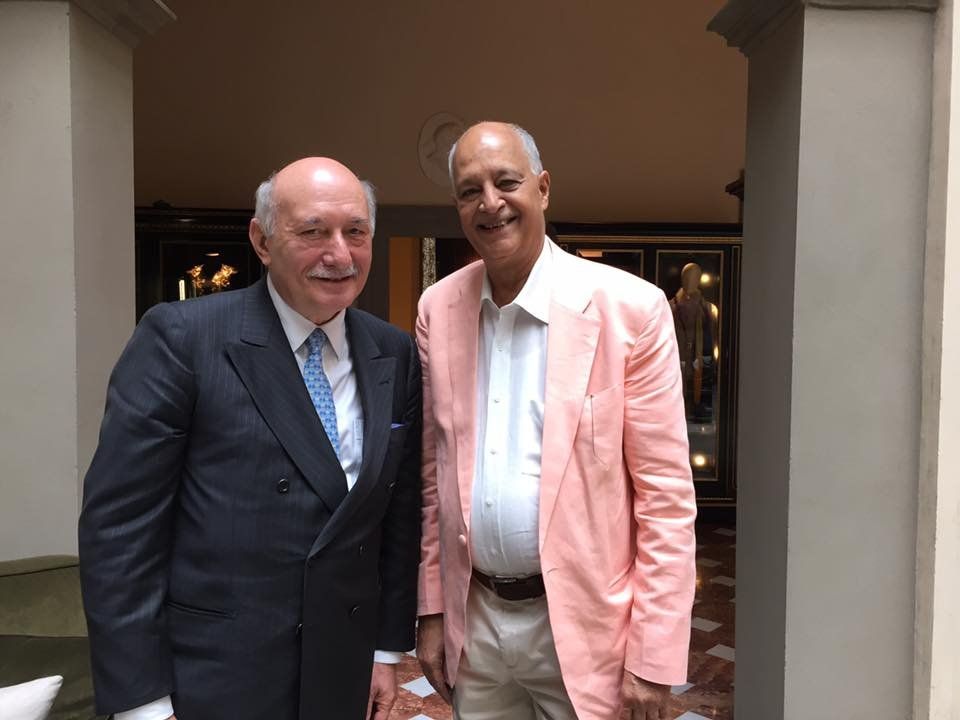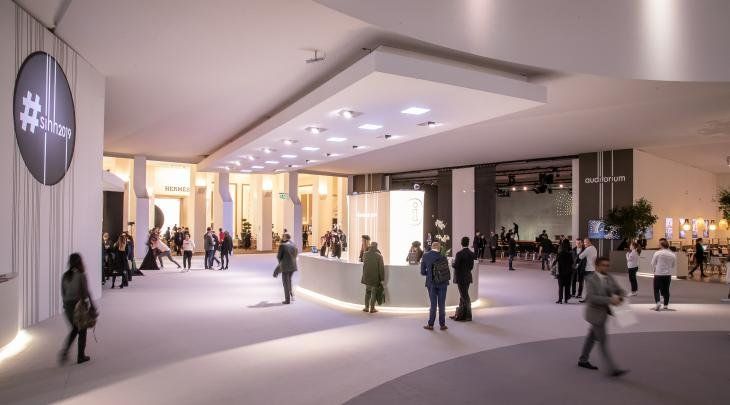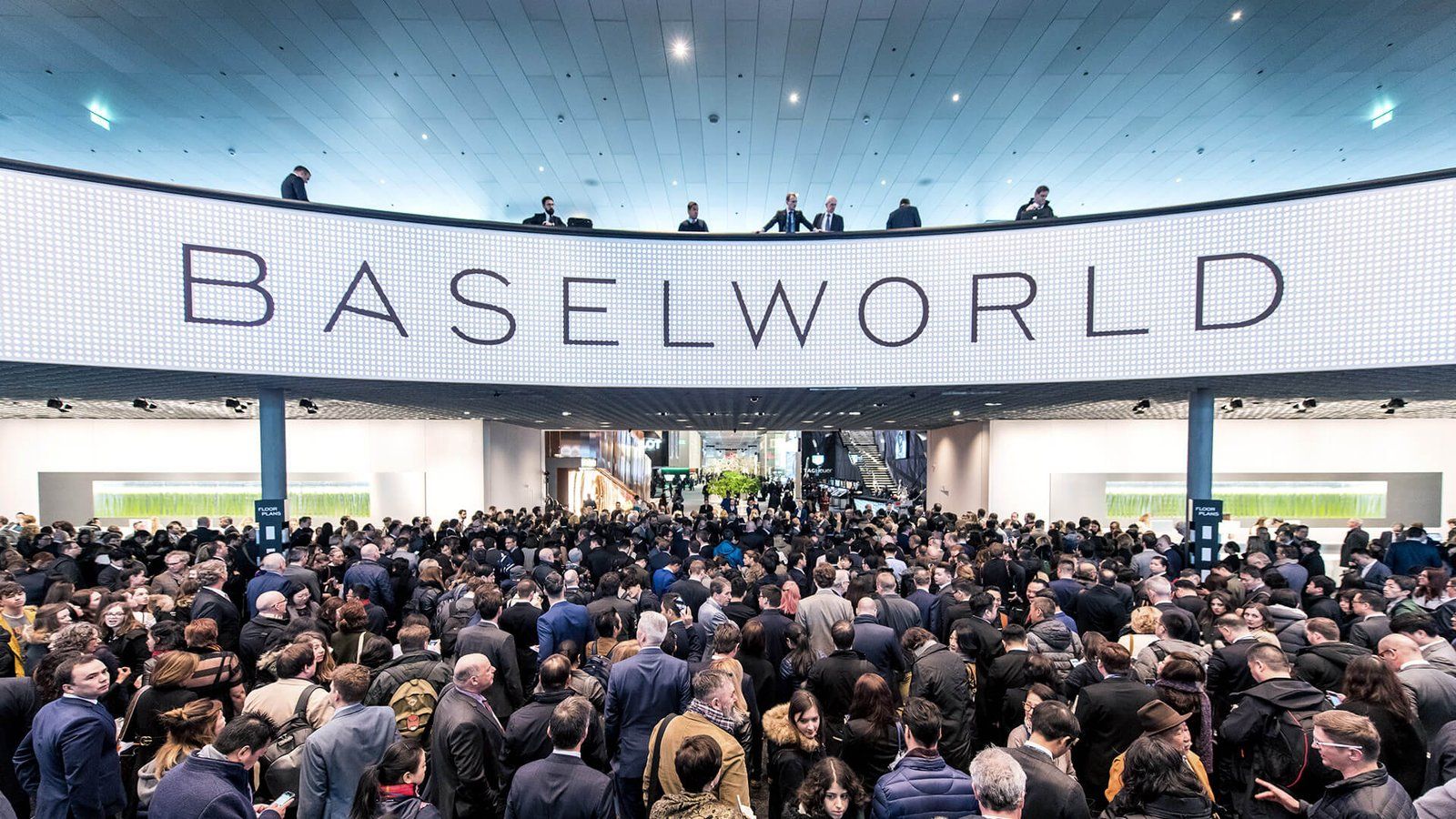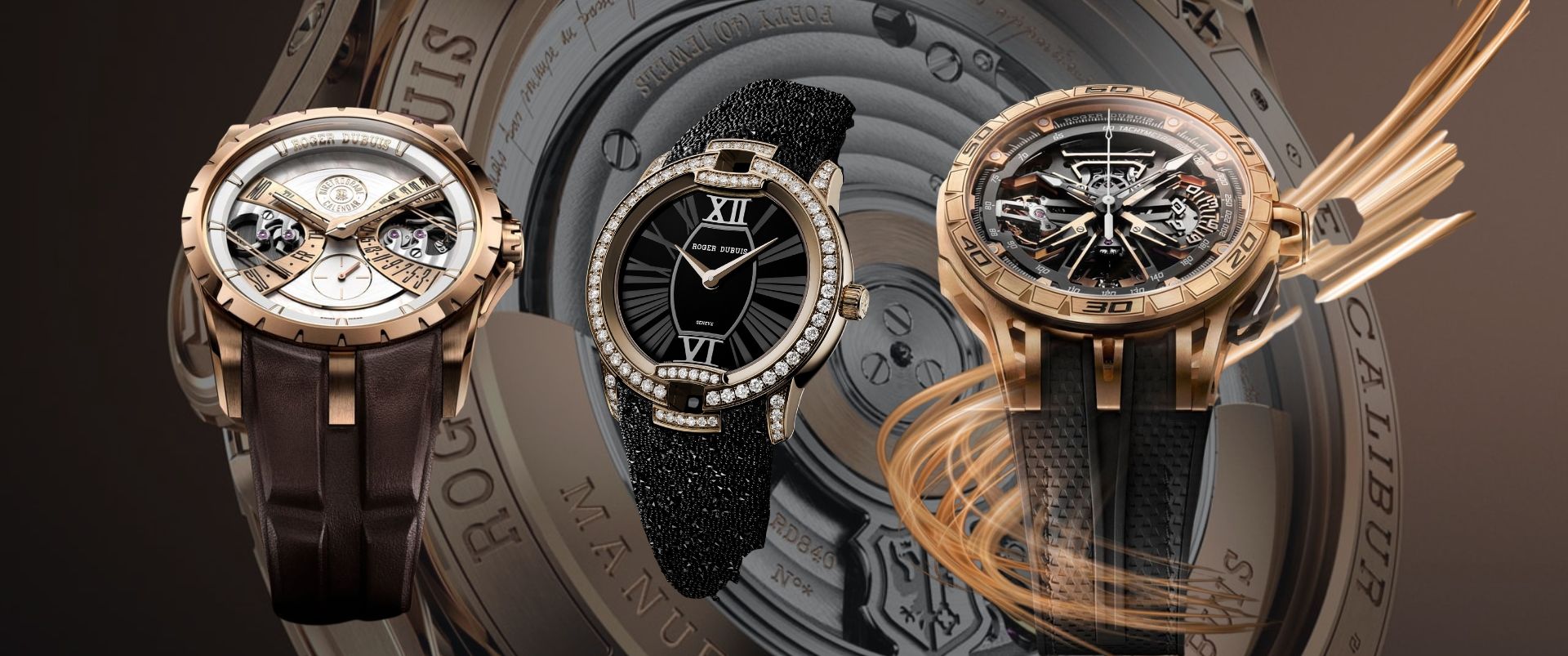IN MY OPINION : A "Fair" Evaluation?
by Sunil Karer, Editor, Watch Market Review
As I look back, on over decades of experience in the horological industry, I realize that there have been many ups and downs that we have witnessed. Yet, every occasion of despair has been met with resilience and even more innovation. Today, as we see the devastating effects of the pandemic on a global level, we face one more challenge. This time around though, it is not one specific industry but the whole world that has been shaken to the core.
The watch industry has shown resilience time and again. I recall that the first ‘crisis’ we faced was the so-called quartz revolution of the late 70’s and early 80’s, when it seemed that mechanical watches were on a decline. However, mechanical watches made a stunning comeback, with lower price points to expand their customer base. “Swiss Made” became the buzz-word associated with luxury. There was a revolution of sorts and the industry emerged from the crisis like the proverbial phoenix. The next crisis was the smart watch revolution. When the Apple Watch came into the market many thought that the watch industry would get a setback. However, what happened was completely different. It did not take long for watchmakers to jump onto the bandwagon, and some of them have adopted the technology quite creatively. Today, smart wearables have their own niche, but mechanical and quartz watches are both going strong. But then, the crisis of the pandemic came upon us. Since people could not move about, Watch Fairs were hit hard. However, ever so irrepressible, the watch industry grappled with this by migrating to a digital format. The question however is: Is this digital format really effective? Will it be the way forward?

State of Fairs
When the news of the pandemic struck in 2020, and countries declared closures and lockdowns, major watch fairs also stood cancelled. But, ingenious as they are, the fairs moved to the digital space exclusively, and then, as the situation improved, they moved on to a hybrid model. For example, last year Watches and Wonders presented a digital salon, which if I may was extremely well received. This year, along with the digital there was the physical format as well, adapted to suit the changing needs. First, 38 prestigious brands convened in April 2021 on the new watchesandwonders.com digital platform. Then, 19 brands exhibited at the in-person Watches and Wonders Shanghai Salon. This exemplified how a single event accommodated the need of the hour, spanning online and offline for a celebration of watchmaking excellence.

More fairs are opening slowly. There is a veritable line-up in the near-future. The HKTDC Hong Kong Watch & Clock Fair and Salon de TE is back from 8-12 Sep 2021 as a special edition at the Hong Kong Convention & Exhibition Centre, making up a perfect time for industry representatives to meet again. An AI-enabled business matching platform, Click2Match is going to play a major role.
Just around the corner, Geneva Watch Days 2021 will bring together approximately twenty brands in hotels, Manufactures and boutiques to the world's watch capital. This format is also unique, merging physical meetings with an element of distancing. At this show, there will be a Baselworld presence too, with a presentation of a pop-up event and the new Baselworld digital platform. While everything will be livestreamed, there is that opportunity to meet in person as well.
The much awaited fifth edition of the Dubai Watch Week to be held between 24th to 28th November 2021, also promises to reunite the watch world. This key event in the Dubai calendar will take place at The Gate, Dubai International Financial Centre. The theme of Connecting, Creating and Celebrating will guide the events through innovative concepts & experiences that appeal to a wider audience.
That being said, plans for 2022 are also in place. The next “physical” Watches and Wonders Geneva will be back to the halls of Palexpo from March 30 to April 5, 2022, around the same time as BASELWORLD. This time though there is a difference as the fair has changed and metamorphosed into a system that resonates with the requirements of today. It will primarily be a B2B platform in the mid-range luxury segment. In keeping with the digitisation of business, BASELWORLD will be a digital platform, supplemented by live events.
Why Physical fairs are important
We are now at a crossroads where the pandemic imposed restrictions are on the decline. The world is slowly opening up. What are the lessons we want to take forward? What do we want to leave behind? What have we learnt about physical fairs versus digital ones? Even before the pandemic, there was a sense that physical fairs were becoming quite a steep affair not just for the participating brands but also the visitors, retailers, the press and everyone involved. The purpose of participating in a fair has become less about doing business and more about building a brand image and maintaining a network, which to some may not seem worth the cost. Moreover, the role of technology and social media in bringing brands closer to the final customer and to the retailer also was a gamechanger.

Will these factors make physical fairs less desirable? In the immediate future there are the issues of quarantine regulations, ad-hoc lockdowns and varied and constantly changing travel restrictions. Moreover, people have now familiarised and gotten accustomed to the new and creative avenues of showcasing and viewing watches online. Just as the ‘work from home’ trend has reduced office overheads, one would believe that digital fairs have also substantially reduced the annual spends for participating brands. Im my opinion, Covid is not going anywhere, anytime soon and for the near future there might be safety related concerns too. However, on the basis of the current market scenario, we see that brands are actually picking the best of both worlds. The result - a new hybrid model of fairs, as we have already seen.
I have been attending watch fairs for over 40 years now and in my option they have only increased in scope and attendance over time. For example, let’s consider Baselworld. In the 70’s, the invited International media presence was limited to under 20 editors globally, each representing a publication that dealt exclusively with all things horological.
At the last fair the number of media representatives had increased to approximately 4400! From media that covered the fair for lifestyle, business, fashion to various television and radio channels, and of course the newly found bloggers! Over decades, the number of visitors and watch enthusiasts has also increased. The growth herein has shown how important these events actually are for the industry and how much we all look forward to them. Hence, there is no way that physical fairs will stop. However, as we have seen, they will change and become more attuned to current requirements.
Let’s welcome the ‘New Normal’

All around the world, there is talk of the new normal. Even when things are going back to what they were, there is a difference. This pandemic has changed us. It is a painful, albeit important checkpoint of sorts. Now is the time to ask the question- What lessons can we take from the past and move on in a manner that is sustainable for the watch world? As far as watch fairs are concerned, I do believe that the answer lies in this hybrid format.
Fairs can leverage the technological prowess in terms of digital marketing and product showcasing that they have invested in and garnered during these times. Online platforms are more inclusive and the reach is substantial. This is one advantage that we should not lose.

On the other hand, despite the digital and technological advances that we have seen, I believe nothing can replace the personal contact with people and timepieces. There is nothing like meeting the CEO's, watchmakers, retailers, watch enthusiasts and journalists in person and truly bond and connect over watches. No screen can replace the feeling of holding an exquisite watch in your hand and marvelling at the sheer skill and craftsmanship of our versatile industry.
And now, since we have experienced both physical and digital fairs, knowing that we can move on and progress in any situation, the industry is armed with a new confidence. Despite the limits imposed by the pandemic, the watch world has once again risen above the occasion and shown that creativity in watchmaking will always continue! Watches and the heritage of watchmaking are indeed wonders that will fuel ingenuity in times to come. And so, as I close this article, I hope that this experience will lead us to evolve into a format that takes the best of the digital and the physical, and takes the global horological industry to newer heights! After all, we deserve it!
Sunil Karer, Managing Director and Editor, Watch Market Review, is an industry veteran with over four decades of involvement in the horological industry in India. Well-travelled and well-acquainted with the nuances of the watch trade, he is a prominent face at global and local watch events. His deep knowledge of the Indian horological trade puts him in a unique position to advocate for the future direction of the industry in India, as well as consult multinationals.No articles found











